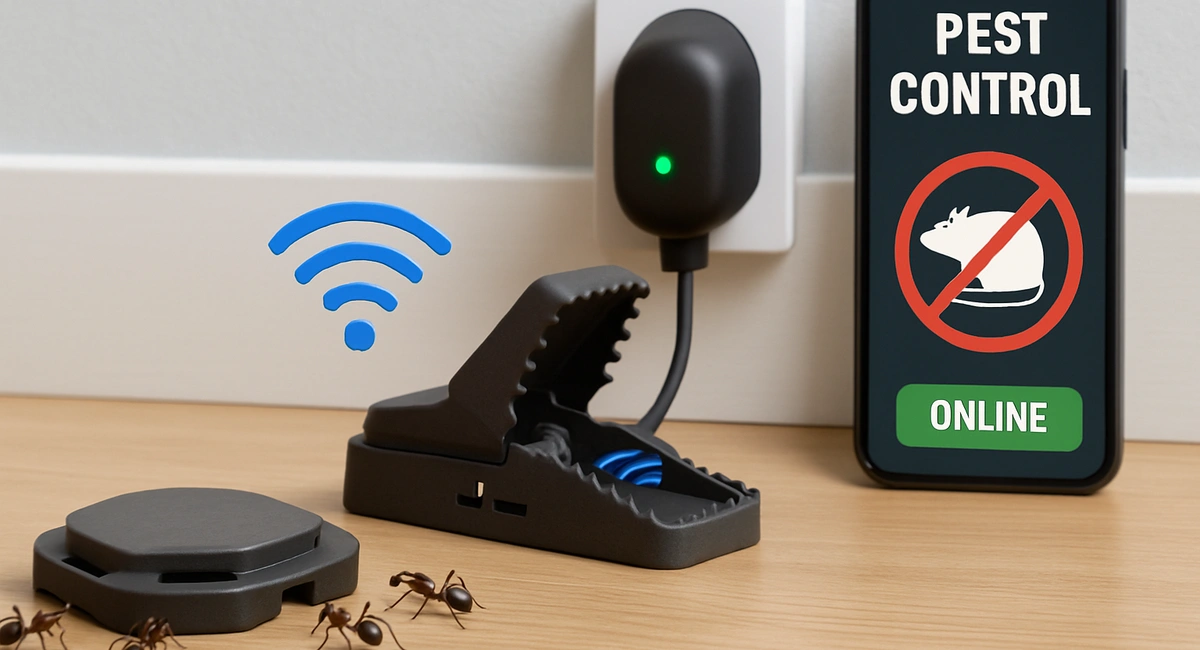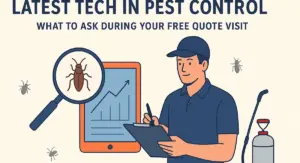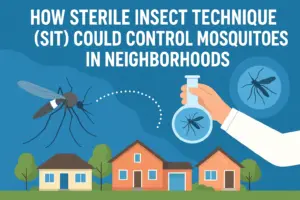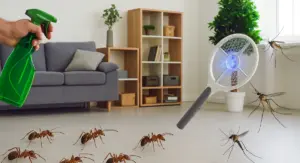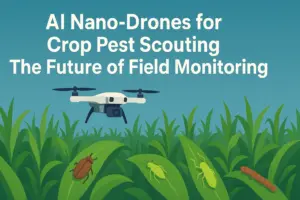Ants and rodents have always been some of the toughest pests to eliminate. But the tools used to fight them have come a long way. Thanks to new smart traps and sensor-based systems, pest control has moved beyond guesswork and into a more precise, data-driven approach.
This technology is changing how homeowners, business owners, and pest professionals protect their spaces. And it’s not just about catching pests, but understanding their behavior, monitoring activity in real time, and reacting faster. If you’re in an area where pest pressure is high, this modern approach could be a game changer. For example, if you’re dealing with seasonal increases in pests, summer pest control tips in Georgia can help you prepare better with smart tools.
From Traditional Traps to Smart Monitoring
Traditional traps have always had their place in pest control. But they rely on human checking. A trap left unchecked could sit for days without anyone knowing if it caught something or not. This delay gives pests more time to spread.
Smart traps solve that problem. These traps are fitted with sensors and wireless connectivity. The moment a rodent is caught, the system sends an alert to your phone or a central dashboard. Some can even tell you how many pests have been caught, the time of activity, and which locations are showing the most pest behavior.
For ant infestations, smart monitoring devices now help professionals track the exact trail of activity. This allows them to apply bait and treatment exactly where it’s needed, reducing overuse of chemicals and improving results. Understanding which ant species you’re dealing with also matters. Learn more about how to identify and eliminate ant species for better long-term control.
How Sensor Tech Works for Pests
Sensors are the quiet workers behind most smart pest systems. They don’t just detect movement. They monitor temperature, vibration, air quality, and even sound. When combined, these readings can point to the early signs of a pest presence.
For rodents, floor sensors or motion detectors pick up on tiny movements. Smart cameras with infrared can capture footage at night without needing any light. If a rodent crosses a sensor, the system logs the event and sends alerts to the pest control team.
These tools are especially helpful in places like warehouses, kitchens, and attics. If your building has common rodent entry points, sensors placed along those vulnerable areas can catch early movement before rodents get further inside.
Why Smart Pest Control is Gaining Popularity
Homeowners, facility managers, and even local governments are turning to smart pest control for several reasons:
- It saves time: Real-time alerts mean less guesswork and fewer unnecessary checks.
- It saves money: Early detection helps stop infestations before they become expensive problems.
- It protects reputation: For restaurants and offices, even one pest sighting can damage public trust.
- It uses less chemicals: Targeted treatments reduce pesticide use, which is safer for people and pets.
Commercial properties, especially those in the food and health industries, are adopting this technology quickly. With growing concern around food safety and sanitation, many owners are also integrating office pest management practices that rely on smart tools to meet compliance standards.
Moving from Reactive to Proactive Control
The biggest benefit of sensor-driven pest control is how it changes the strategy. Traditional pest control has always been reactive. You see pests, then you call for help.
Smart technology flips that approach. These systems detect signs before pests become visible. They help technicians understand pest patterns. If rodents are entering at night through one area, that trend becomes clear through data. With that knowledge, pest professionals can block access, set traps more effectively, and recommend long-term fixes.
It also allows for better scheduling. Instead of waiting for an infestation, pest control companies can offer routine monitoring and fast response. It’s not just about solving a problem but keeping the problem from starting at all.
Real-World Uses and Integration
Smart pest control systems are already in use across homes, restaurants, hospitals, and retail spaces. In some homes, sensors are installed along walls, under sinks, and behind appliances. They detect early activity and can even track droppings or odor patterns to locate nests.
In large commercial buildings, systems link with facility software. This allows building managers to check pest status along with other utilities like HVAC and lighting. For example:
- Humidity sensors alert when moisture builds up in basements, which attracts pests.
- Door sensors can track how often loading docks are open, identifying opportunities for rodents to sneak in.
- Cameras near dumpsters detect when rodents begin nesting in waste areas.
Integrating these smart devices with routine service makes it easier to keep spaces pest-free all year. If you’re managing large properties, these systems go hand-in-hand with warehouse pest control tips.
Is It Worth It?
The upfront cost of smart traps or monitoring might seem higher than traditional pest control. But when you compare it with the cost of infestations, repairs, or lost business, it often turns out to be a solid investment.
Benefits include:
- Fewer technician visits
- Lower pesticide use
- Early detection of problems
- Better reporting for compliance
- Improved safety and hygiene
For homes, these systems provide peace of mind, especially for families with kids or pets. For businesses, they offer documentation, control, and faster service.
FAQ’s
Do smart pest control systems need Wi-Fi?
Most systems do use Wi-Fi or cellular signals to send alerts. Some also have offline memory storage to keep logs when the signal is lost.
Are smart traps pet-safe?
Yes, many are enclosed and designed to prevent tampering by pets or children.
Can I install these myself?
Some consumer-grade smart traps are easy to install, but professional setup ensures you place them in the most effective locations.
How long do the sensors last?
Most run on batteries and can last 6 to 12 months. The system usually alerts you when it’s time for maintenance.
Are these systems noisy?
No. They are quiet and discreet. Most emit no sound and don’t affect daily life.
Final Thoughts
Smart traps and sensor-based systems are not just a high-tech trend. They are the future of ant and rodent control. Whether you’re managing a commercial kitchen or just trying to keep your attic clear, these tools offer better accuracy, less waste, and faster action.
Pests are getting smarter about how they enter homes and businesses. Our tools need to be smarter too. With the right technology and a reliable pest management partner, you can stay ahead of infestations before they take over. For long-term prevention, especially in high-risk environments, pairing smart tools with restaurant pest control strategies can provide complete protection.
Smart pest control doesn’t mean doing less. It means doing things better, with the help of data and real-time insight. It’s a smarter way to stay pest-free.


